Renewable Energy: The Open Truth.
Renewable Energy Definition, The Types, And Benefits Of These Energy. Nuclear Fallout.
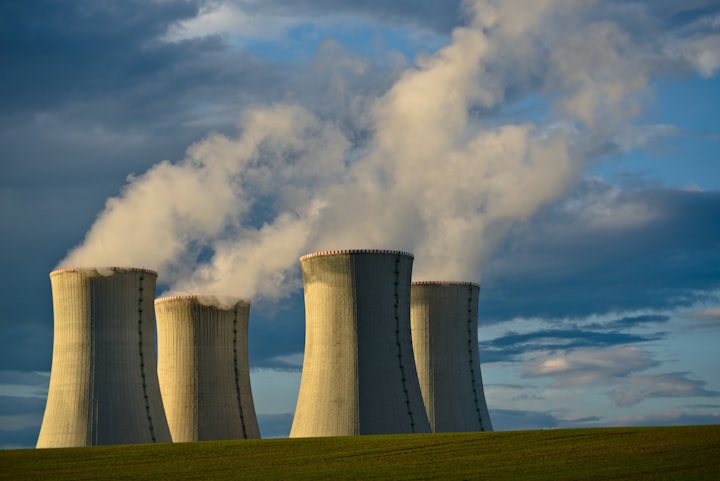
What is renewable energy?
Renewable energy comes from sources or mechanization processes that are replaceable from natural sources if replenished from natural sources. However, the energy provided from renewable energy sources is flow rate limited and are not sufficient per a particular period of time. Take for popular example renewable energy from Solar Panels, Wind Mills, Geothermal energy, and hydroelectric energy power sources. Renewable energy is often revolutionized with clean energy and green energy, since renewable energy produces from natural sources, they do not pollute the environment. It is however important to provide a clear distinction between the three types of energy. The clean energy term means that the energy does not come only from natural sources it can come from a variety of other fossils that do not polute the environment. Carbon dioxide and emissions have to be reduced and are the number key enemy of the climate change revolution agenda. Hydroelectric energy however, can damage and plunge away natural habitats. Renewable energy is the innovation of the century and it currently boomerangs as it brings down energy cost delivery to ordinary citizens. Some countries across Europe and America have implemented this low-cost energy into their timeline, while other countries lag behind across Africa and Asia. The American solar and wind energy generation have been able to break into thousands of homes and impacted the dynamics of energy in modern-day power generation by iterating their reliability and reusability into the electrcity grid without compromising much of natures natural habitats.
The Rise of renewable energy sources.
Even though renewable energy is often looked upon as a solution for our future energy demands. Human beings have long time been harnessing nature's power for ages. Various old school technology was powered by water wheels, windmills and various other obsolete technologies, while the sun energy was used for heat in winter, cloth drying, and illumination through fire and lights. Nontheless, humans, on the other hand, grew increasingly reliant on the usage of fossil fuels such as coal and natural gas. The extensive use of various sources of energy has been demonstrated to be harmful to the planet, resulting in rising global temperatures, an increase in extreme weather occurrences, and the destruction of natural ecosystems. More Recent advancements in utilization and capture of energy, together with the worldwide push toward a Zero emission planet, have resulted in an increase in renewable and green energy generation. These little advancements span from small-scale manufacturing, such as installing solar panels on a home, cars such as Tesla and another brand of electric cars, to large-scale operations, such as solar farms, and offshore usage. This means that renewables are increasingly displacing “dirty” fossil fuels in the power sector, offering the benefit of lower emissions of carbon and other types of pollution. But not all sources of energy marketed as “renewable” are beneficial to the environment. Biomass and large hydroelectric dams create difficult trade-offs when considering the impact on wildlife, climate change, and other issues. Here’s what you should know about the different types of renewable energy sources—and how you can use these emerging technologies in your own home. This implies that renewables are progressively replacing "dirty" fossil fuels in the electricity industry, resulting in decreased carbon and other forms of pollution emissions. When considering the influence on wildlife, climate change, and other concerns, biomass and huge hydropower dams offer complex trade-offs. Here is a showcase of everything you need to know about various sources of renewable energy.
Types of renewable energy sources
Solar Energy: The most popular source and the most common is the energy from the sun. They are commonly used in our homes and our cars. The solar has a huge potential to provide our energy demands, given that enough energy to power the world for a full year reaches the earth from the sun in just one hour. Solar energy are used warm the world up during cold winter and and various other crucial needs. They are collected from photovotalic cells(PV) made up of sillicon collected from various part of africa. These specialiazed cell convert sunlight to energy and power everything from a single home to a large communnity. Rooftop pannels can also power our personal home, beach resorts or condo homes. while community projects and solar farms uses strong parrabolic mirrors to focus rays of sunlight on the solar panel to genrate a lot more amout of energy. PV (photovoltaic) cells used in solar farms may also be called floatovoltaics, are built in water bodies providing another way to provide solar energy. Solar energy systems are not only renewable, but they are also clean energy sources since they do not emit air pollutants or greenhouse gases or carbon monoxide. If solar panels are compeletly fitted correctly, they may also be classified a green energy as they do not posses any drect danger to the enviroment.
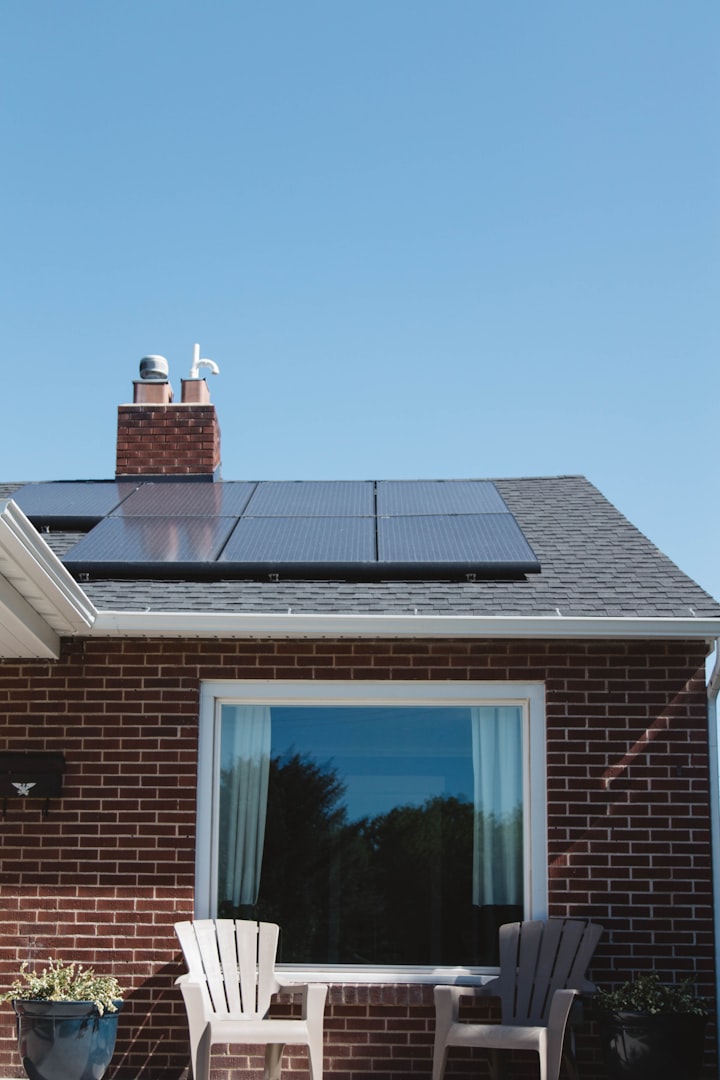
Windmills: Days have passed since the use of the old windmills. Today, wind turbines are very tall, even as buildings and are nearly large enough in diameter to capture enough energy need to keep the world powered. Wind rotates the blades of a turbine and thus feeds an electric winded core generator, producing magnetic field to generate electricity. Wind has become one of the cheapest energy sources in the United States, accounting for 8.5 percent of US electricity output. California, Oklahoma, and Texas are among the top wind power states, however turbines maybe intalled in open plains, the ocean, and on rooftops to provide electricity.

Hydroelectric Energy: Hydroelectric power is analogous to wind power except that it is utilized to spin the turbine blades of a generator to generate energy fpr electiricity. Hydro power, which is widely employed in some nations, employs rapidly moving water in rivers or from waterfalls to spin turbine blades. It is now the most important renewable energy source in the United States, while wind energy is rapidly narrowing down the competition gap. Hydropower plants are a renewable energy source, however they are not always environmentally friendly. Many of the larger dams redirect natural water supplies, which has a severe influence on animal and human populations since they have limited access to the water supply. Smaller hydroelectric power facilities (under 40 megawatts) do not have this problem if they are adequately controlled by qualified safety enginers. This reduce the catasrophic effect, especially if the dam plant is under 20 megawatts.
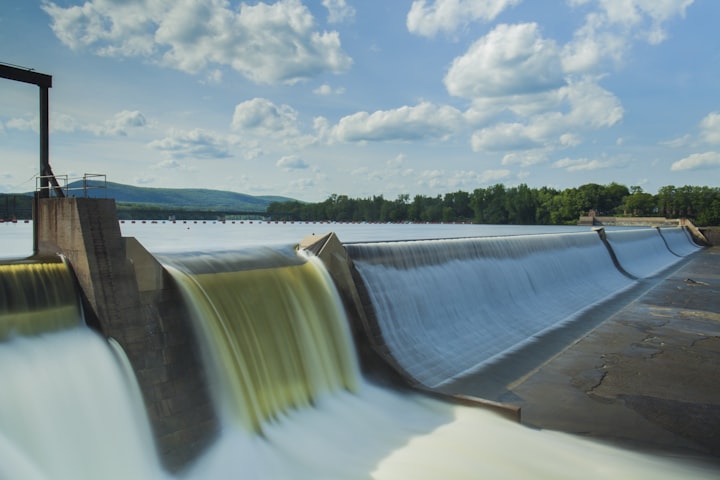
Geothermal energy: You've utilized geothermal energy if you've ever sat in a hot spring. Because of the gradual disintegration of radionuclides in rocks at the planet's core, the earth's core is roughly as hot as the sun's surface. Underground well drilling brings very hot subsurface water to the surface as a hydrothermal resource, which is then pushed via a turbine to generate energy. If geothermal energy facilities recycle, the steam and water they utilize, their emissions are often negligible. Building geothermal energy can be done in mutiple ways in regions where there are no subterranean reservoirs. They may however, become less environmentally friendly if not done carefully.
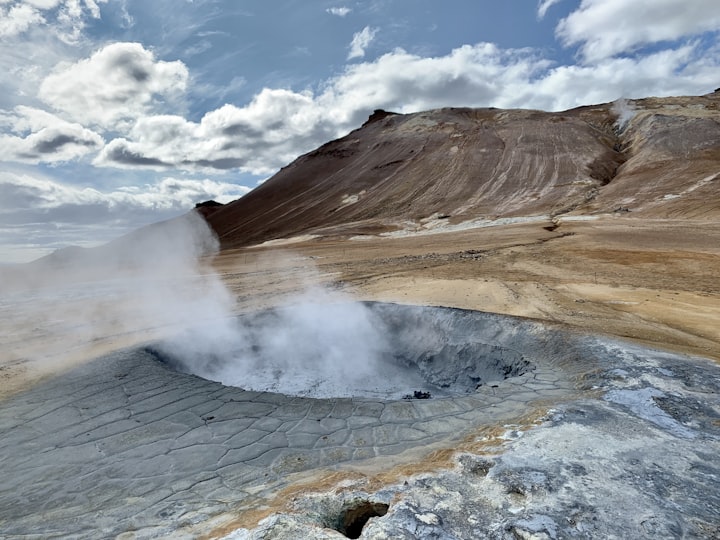
Biomass Energy: Did you ever heard that astronuants in the international space station often use their waste as energy and also recyle them, yeah that is biomass. it may seem disgusting, however it is not. It quite enviromental freindly to use animal feaces, to power up houses and farms. This energy source is limited to the amount of energy it can produce. However it can be used on small scale production farms and all energy would be generated from it. biomass use of organic material derived from animals and plants, such as weeded plant in large farm house, trees, and waste wood. This is burned to generate heat, which is then used to power a steam turbine, which creates electricity. Biomass can also degrade the community if not properly used, they could lead to fossil generations.
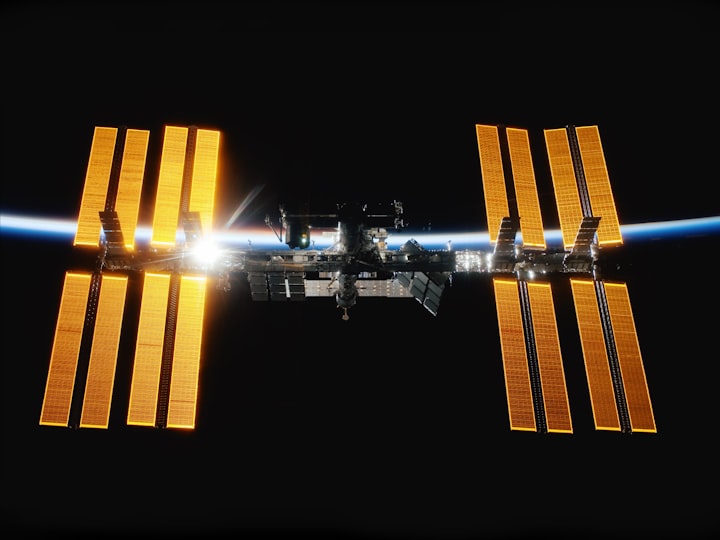
Tidal energy: Water is the most important source of life, generating energy from it could also be life distorting. Tidal and wave energy are still in the early stages of research, Some tidal energy techniques, such as tidal current, which function similarly to dams and are positioned in an ocean bay or lagoon, may affect species. Maximum output, like tidal power, is based on dam-like structures or ocean floor-anchored devices on or near the water's surface. This may however affect biodiversity.

What is the advantages of renewable energy.
Not until in the early 1900s, virtually all of the nation's energy demands for heating, cooking, and lighting were met by wood. Since the early 1900s until the currently, fossil fuels—coal, and natural gas—have been the primary energy sources. Until the 1990s, the most common renewable energy sources were hydropower and wood. Biofuels, solar energy, and wind energy use in the United States has risen since then. In early 2021, total renewable energy output and consumption in the United States tanked above normal. Renewable energy will provide approximately high british thermal units. The renewable power sector accounted for around 55% of the U.S power sector.
Is nuclear power a renewable source of energy?\
Nuclear power seem to look a bit like renewable energy, however it is not. But is it envorimental friendly and very safe. Since the chinorboy disaster in ukraine they have been several safety measures put in place to reduce the risk of nuclear accidents. Nuclear however uses uranium fission in a reactor core of graphite to generate energy in mass quantities.
Endqoute
Renewable energy are good perks that are cool and well packeged fro human. survival we've seen a lot of climate change in recent years. We currrently hope for the best. Stay safe out there and do not forget to read up on my next article. I'm not going to give you a teaser, but wait think about it more. Read it here:
About the Creator
Eyitemi Nurain
I am a Web Developer and a UX designer, a Content Writer and Social Media Manager, and a bug bounty hunter.
You can also find me on Medium for more mind blowing stories,
Click here: https://medium.com/@eyiteminurain






Comments (1)
The best work at home opportunity to make real money is with Apricot Solar. They have the highest commission pay out and it cost nothing to join. They also train and assist you to making your first sales. You should at least check it out… I mean, what do you have to loose? Check this out. https://apricotsolaropportunities.my.canva.site/